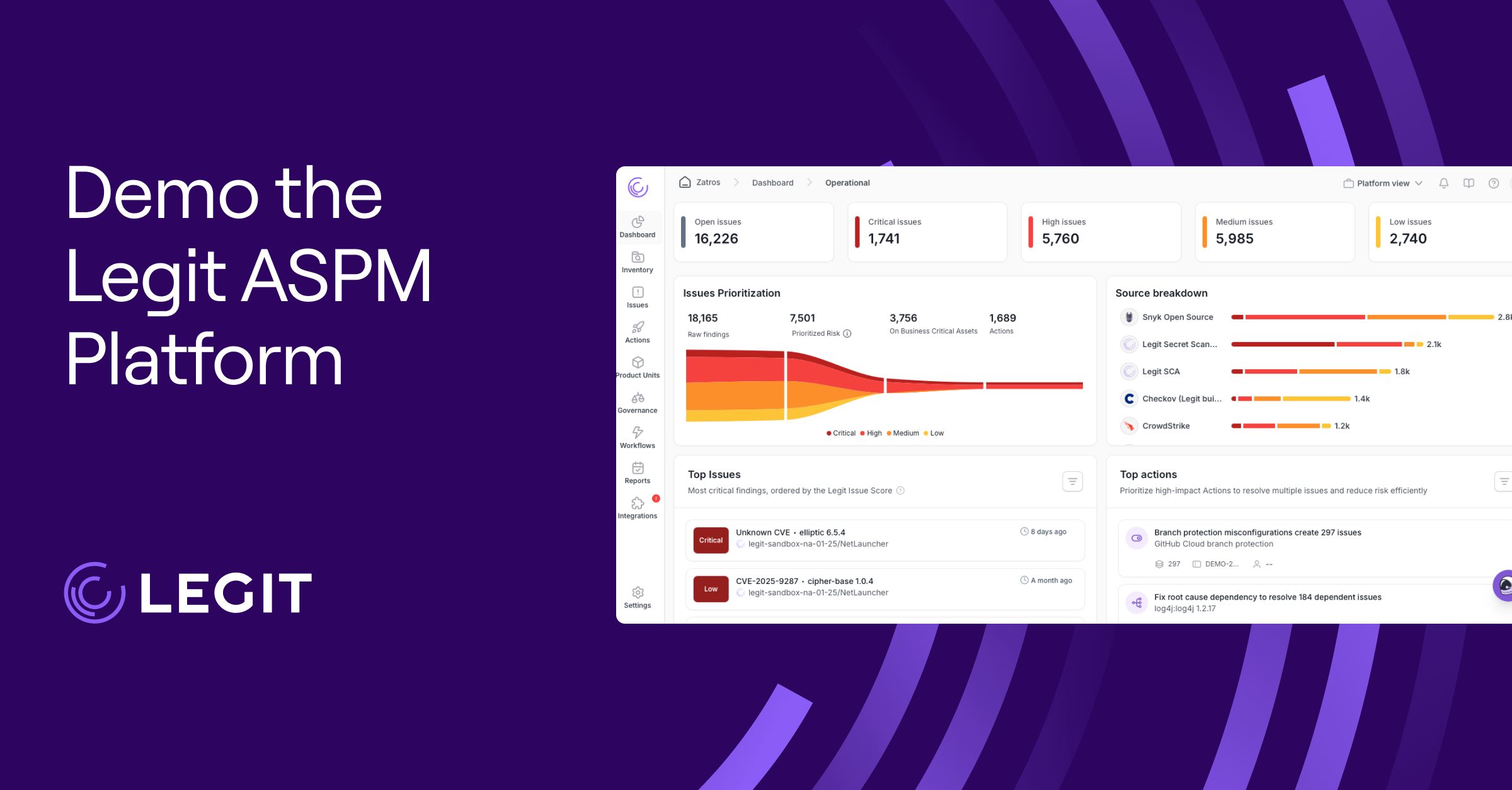Securing applications from vulnerabilities starts with analyzing your source code before it becomes a problem. This is where static application security testing (SAST) steps in.
While dynamic application security testing (DAST) focuses on runtime vulnerabilities, SAST provides a comprehensive early-stage analytical approach. By examining your code for potential security flaws at the beginning of development, SAST helps prevent costly breaches and ensures strong application security practices.
Let’s explore what SAST is, how it works, and the tools and steps you can use to integrate it effectively into your workflow.
What Is SAST?
Often called white-box testing, SAST takes a deep dive into the code structure to catch potential issues like SQL injection, cross-site scripting (XSS), and insecure cryptography. Unlike DAST, which operates during runtime, SAST tools analyze code in a static state, making it ideal for early-stage detection in the software development lifecycle (SDLC).
By finding and addressing flaws early, SAST software avoids fixes later and ensures stronger, more secure applications. Its ability to integrate into development environments also makes it a go-to for organizations prioritizing proactive security measures.
Here’s how it typically fits into your workflow. You integrate a SAST tool into your development environment, like your integrated development environment (IDE) or CI/CD pipeline. As you write or commit code, the tool scans for vulnerabilities and flags potential issues.
Software composition analysis (SCA) is another common proactive measure, but it focuses on securing external components like open-source libraries. SAST instead identifies vulnerabilities in an application’s source code without running it.
Why Do We Need SAST?
When it comes to securing your code, every stage of development matters. SAST lets you identify vulnerabilities like injection flaws or weak cryptography while still writing your application. This early detection prevents bigger issues and streamlines your development process, saving time and resources.
Static analysis detects potential security vulnerabilities line by line, offering a granular approach to code review. Think about it: Security threats aren’t slowing down, and neither are development timelines. By automating the analysis of large codebases, including those that may be older and not actively maintained, SAST tools help you stay ahead. They work quickly to catch flaws that manual reviews might miss.
Static app security testing also provides an additional layer of confidence for industries such as tech and FinServ, where trust and compliance are essential. It strengthens applications, reduces risks, and protects reputations.
What Problems Does SAST Resolve?
The Open Web Application Security Project (OWASP) highlights numerous static vulnerabilities that SAST can identify. These include:
- Broken access control
- Broken authentication
- XML external entities
- Sensitive data exposure
- Vulnerable and outdated components
- Server-side request forgery
- Security monitoring and logging failures
Identifying these issues before code execution saves time and lowers the expenses associated with bug fixes during production or post-deployment.
SAST Tools and Solutions
SAST tools scan your application's source code for vulnerabilities, enforce secure coding practices, and enhance the overall security of your software. These tools integrate seamlessly into development workflows and automate code analysis.
Some leading SAST tools include:
- Klocwork: Klocwork is known for its deep analysis capabilities and support for large codebases. It works for quite a few languages, including C++, JavaScript, and Kotlin.
- SonarQube: SonarQube’s popular static code analysis platform uses AI coding assistants to simplify security scanning.
- Checkmarx: Checkmarx is a feature-rich tool favored for its flexible integration options. It also uses AI to improve accessibility and ease.
- Veracode: Veracode offers comprehensive application security testing for modern development pipelines. It’s known for its integrations that ease onboarding and speed up SAST.
How to Implement SAST Effectively
Following a structured approach can help you maximize SAST’s benefits. Here are some key steps to implement this process effectively:
Set up the scanning infrastructure: Integrate a SAST tool into your development environment, CI/CD pipeline, or both. This helps you automate scans for consistent quality throughout the development process.
- Regularly scan your code: Schedule scans to run frequently, such as after each code commit or during specific build stages. Regular scans catch vulnerabilities as early as possible, preventing them from becoming issues later in the SDLC.
- Analyze the scan results: Review your SAST tool’s findings carefully. Focus on high-priority vulnerabilities first, and make sure developers understand the root causes of the issues to prevent them in the future.
- Establish a remediation workflow: Develop a clear process for fixing vulnerabilities, including assigning issues to the appropriate team members and tracking their resolution. This streamlines remediation and avoids delays.
- Tune the tool for your codebase: Customize the SAST tool’s rules and settings to align with your coding standards and specific project needs. The more you customize, the more you minimize false positives and ensure the results are relevant to your application.
- Train your development team: Your team can’t use SAST tools effectively if they don’t know how. Provide ongoing training on secure coding practices and tools. This empowers developers to write more secure code.
Improve Overall Application Security With Legit Security
The Legit ASPM Platform acts as the foundation of your application security program, ensuring all your testing, including static analysis, is more effective and efficient. Legit discovers and visualizes all aspects of both applications and the software factory producing these assets, plus all security controls and gaps. Further, it consolidates security findings across all your scanners and tools (i.e., SCA, SAST, DAST, etc.), leveraging AI-driven correlation and risk scoring to fix your most critical issues, first.
Request a demo today.
Download our new whitepaper.


